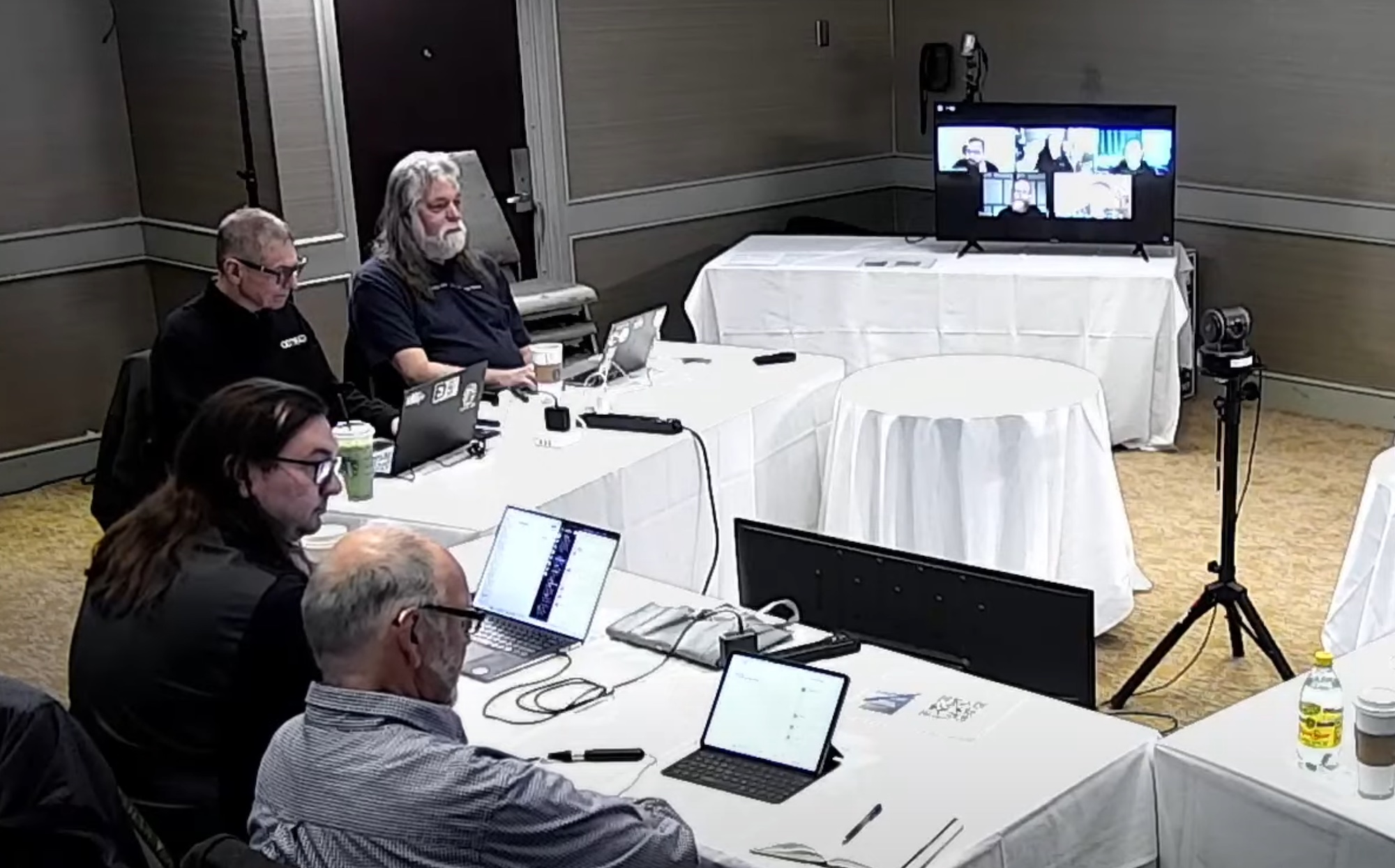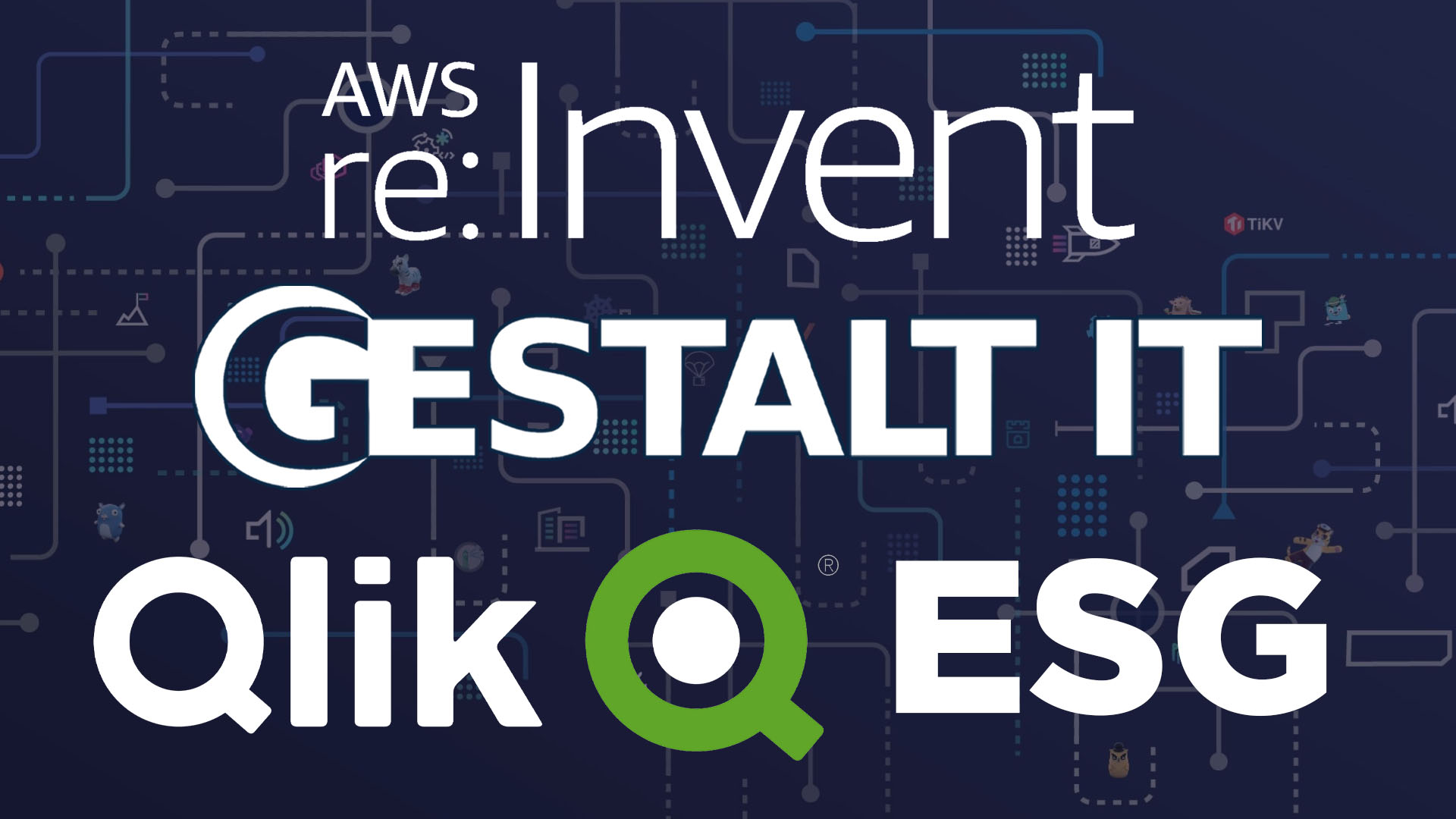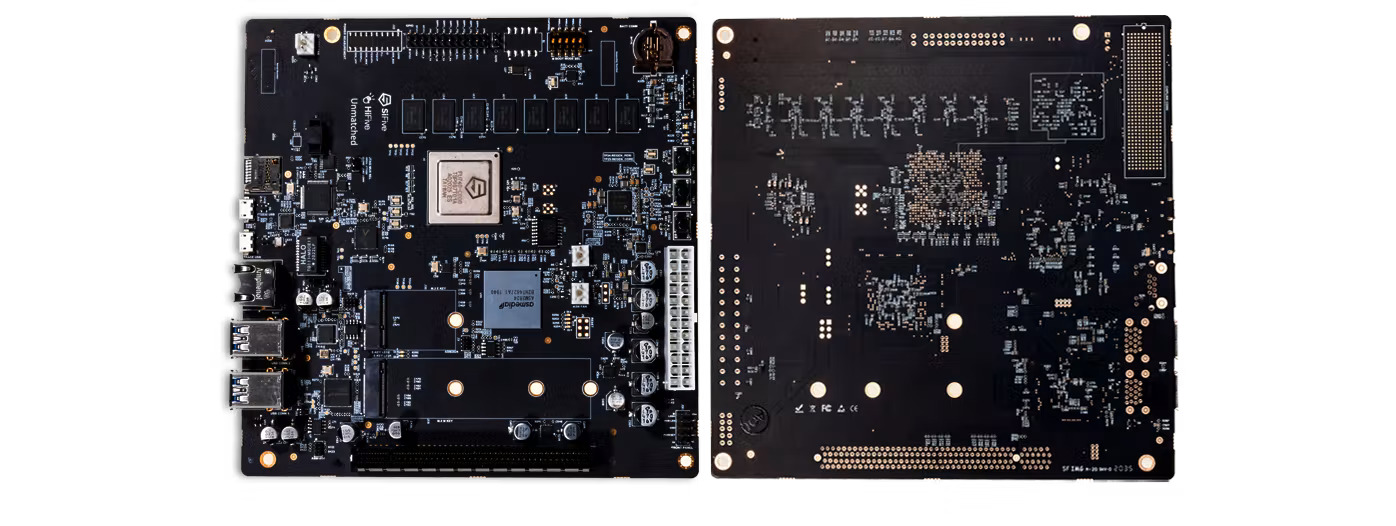The marketing surge in Ethernet Storage Networking
The recent surge by storage networking vendors (Cisco and Brocade et al) to develop and roll out Ethernet based storage networks means that Storage and Networking teams are going to need to work together. The most common reaction from Storage professionals has been “I wouldn’t trust my storage data on the Data Network, I can’t rely on it!”.
Which is ridiculous and, ultimately, futile. As a Data Networking designer, I can assure you that is what the Voice Networking people said as the IP Telephony/VoIP technologies dismantled their careers. This isn’t any different.
FibreChannel is a single function network. Data Networks are multifunctional. And because of that, they are cheaper.
Why is Brocade walking away from FibreChannel ?
Brocade basically invented FibreChannel so that they could create a market that suited themselves very nicely. Which is fine because a number of other vendors joined in which validated the market that Brocade domainated.
But since Cisco bought the MDS its been clear that they were not going to settle for being number two and have been aggressively attacking the storage networking marketplace. Cisco knows that its strength is its existing customers and data networking, so the obvious progression is to move storage to the Data Network.
Enter FCoE………
Cisco picked a team of engineers and created a startup, Nuova Systems, with a brief to develop Ethernet Storage networking. They developed Fibre Channel over Ethernet and series of hardware products that had the silicon to support the requirements.
And they are serious requirements. The largest and most critical storage networks need low latency, low jitter and lossless network to ensure good operation. (Lets not talk about the fact that the storage marketplace has been so completely oversold on the story of lossless and low latency networks with FibreChannel that they now believe it is actually true).
So Nouva Systems built an Ethernet switch that has the necessary capabilities. It doesn’t seem to have been hugely difficult since it only took them a couple of years, and their are competitive products from companies like Woven Systems, that already have most of these features before they started.
They also started the process for a number of new Ethernet standards that allowed the storage technologies to exist.
So Cisco then bought Nuova back in in a buyout and positively threw the product into the marketplace with a blaze of hyperbole and whizzbang marketing. Three months later the products began to ship to selected companies. Yep, its the Nexus 5000 which has FibreChannel AND 10 Gigabit Ethernet in a single chassis. Hosts can now use FCoE to connect to existing FC networks and storage.
Storage Networks are actually quite small
One thing that Storage People seem to miss is that Storage Networks are really small. A few dozen FC switches is a big storage network. For Data Networks, several hundred switches is a big network. Its the importance of the data that “makes appear bigger in the mirror” and the lack of tolerance to interruption.
New Technology, New Designs
There are three missing pieces of the puzzle for Storage over Ethernet. They are:
- Design & Architecture
- Operational Skills and Management
- Technology Standards
Design & Architecture
Network Architects need time to learn the new technologies and design methods. Historically, Data Networks have not been sensitive to loss and new designs and thinking are need to handle this. Fortunately, the storage network is strictly limited to the Data Centre so this is relatively straight forward. Architects, generally, are able to adopt new technologies once the need is clear. (Enter the Account Manager……)
Operation and Support
This will require new procedures and some training, but it won’t be much different from what we do today. Some of the monitoring and analysis tools need upgrades to enhance their performance analysis, and the reporting tools that we use for monitoring bandwidth will also need upgrades. Today, this work is performed by the Storage team, and this work will move the Network Operations team.
Data Networking will need to improve it performance to match the service levels that Storage needs. But that is not a technology problem, it’s a business problem.
Standards
This is the current weakness in the Storage over Ethernet story. The key standards that control how the HOST interacts with the Network in QoS signalling and negotiation are not near complete. FCoE itself is nearing completion, and a number of new 802.1 standards that allow Ethernet networks to have new features that support much faster convergence (sub-second) and higher available bandwidth’s (SPBB) will be ready in the next year or so.
But I can’t trust it ? Can I ?
As it stands today, I can only agree that it would be a very brave decision to invest in FCoE. Lack of standards, limited experience and insufficient resources for knowledge and expertise mean that you will be doing a lot of hard work.
I personally think that Storage over Ethernet is a stupid idea and believe that Storage over IP will be far more successful for more than 90% of the market. However, I also recognise that:
- Cisco has spent more than a billion dollars bringing FCoE to market
- Brocade bought Foundry to get their own Ethernet products at a cost of $3 billion
- Companies like NetAPP and EMC have announced and are shipping FCoE enabled devices
- Emulex and QLogic have chipsets and adapters in the market. I believe Intel will have something shortly.
and the final push from Cisco is their Unified Computing Strategy for which FCoE is absolutely fundamental. And that is getting a lot of mindshare since it seems to move into markets dominated by HP & IBM.
So its time to accept the inevitable….
If there is one thing I have learned in twenty odd years of technology, it is this: Cheap Always Wins.
In the end, FibreChannel will never be big enough to be cheap like Ethernet and there is no chance that FibreChannel will continue for long now that a cheaper option exists. You can argue about technical superiority all you like, whine about feature this and feature that. but it won’t matter, in the end, cheap wins, and the Data Network is cheaper to buy, cheaper to run, and cheaper than Fibrechannel.
It’s time to start getting friendly with your Network Architect and get working on the new, cheaper, future. See if you can build a Storage Data Network that you can live with, not one that gets forced on you.





[…] And history shows that cheap always wins. […]